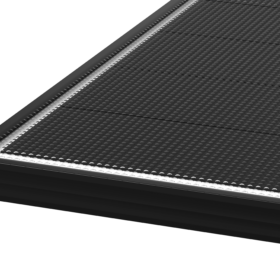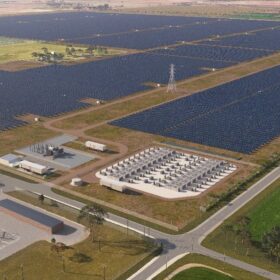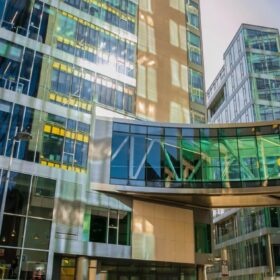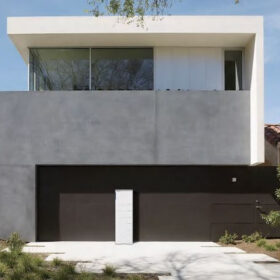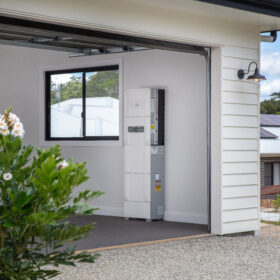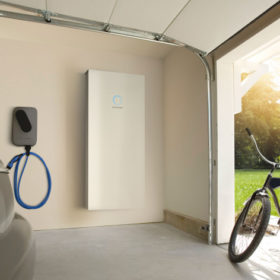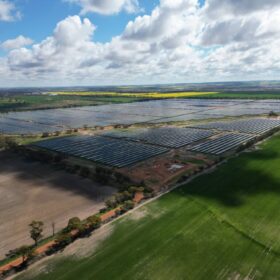AIKO’s ultra-light solar panel answers structural load limit problem
Pilot shipments of AIKO’s ultra-light 8.6 kilogram solar panel have arrived in Australia offering a solution to structural load limits common in old warehouses, cold stores and lightweight rooftops.
Jinko TOPCon technology tapped for 10 GW green hydrogen project
JinkoSolar has inked a deal to supply PV modules based on its N-type TOPCon technology to power a 10 GW green hydrogen production facility being developed in the Northern Territory.
Construction begins on publicly owned solar and battery project
Construction proper has officially begun on a 119 MW solar farm and 100 MW / 200 MWh battery energy storage facility in Victoria’s northwest with the state government saying the publicly owned project is on track for completion in 2027.
New Zealand’s first grid connected solar project close to operational
Lodestone and TrinaSolar have completed the build of a third agrivoltaics project together, which will be the first solar project in New Zealand connected directly to the grid.
ClearVue inks South Korean distribution and deployment agreements
Western Australia-headquartered smart building materials company ClearVue Technologies has established a partnership with South Korean solar energy company Sinrok Solar Energy to distribute and deploy ClearVue’s solar glazing products, including rights for fencing and road barrier applications.
NSW peak demand backed up by 7,800 home battery installations in 5 months
More than 7,800 home batteries have been installed since 1 November 2024 under a New South Wales peak demand reduction scheme rebate, which includes an incentive to connect solar battery systems to virtual power plants.
Battery boost a game changer for slashing energy bills
There was excellent news at the weekend on Australia’s accelerating progress in slashing consumers’ skyrocketing energy bills and transitioning the community to cheap, clean, reliable firmed renewables. Prime Minister Anthony Albanese’s announcement of a $2.3 billion program to subsidise the purchase of household batteries will deliver a 30% rebate on the price of battery systems from 1 July 2025, with small business and community facilities also eligible.
Prime Minister vows $2.3 billion battery subsidy scheme if re-elected
The Albanese government has pledged a $2.3 billion residential virtual power plant-ready battery uncapped subsidy scheme if re-elected, that could stimulate an anticipated million battery installations by 2030.
128 MW hybrid project commissioned in WA
Global Power Generation Australia, a susidiary of Spanish energy company Naturgy, has inaugurated it’s Cunderdin 128 MW solar and 55 MW / 220 MWh battery energy storage system in Western Australia.
Western Australia solar projects top March 2025 performance list
The Potentia Energy Greenough River 1 and Sun Energy Merredin solar farms in Western Australia have topped Rystad Energy’s leaderboard for best performance in March 2025.
